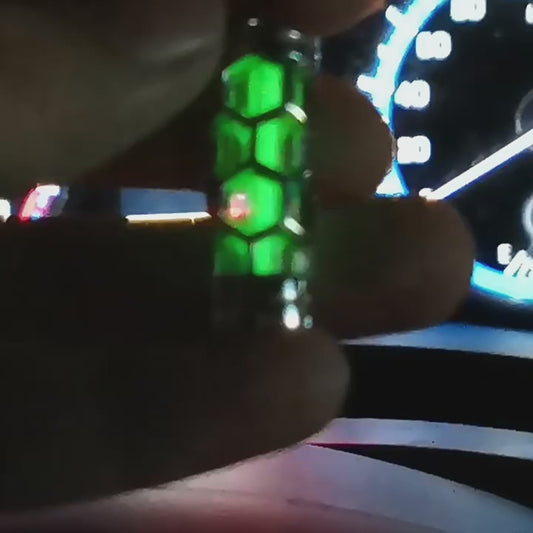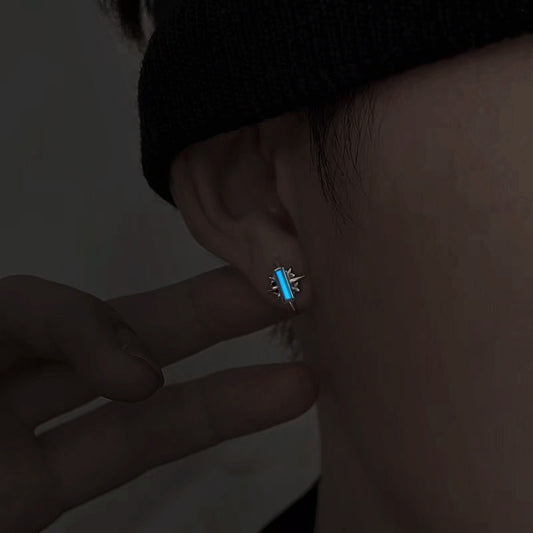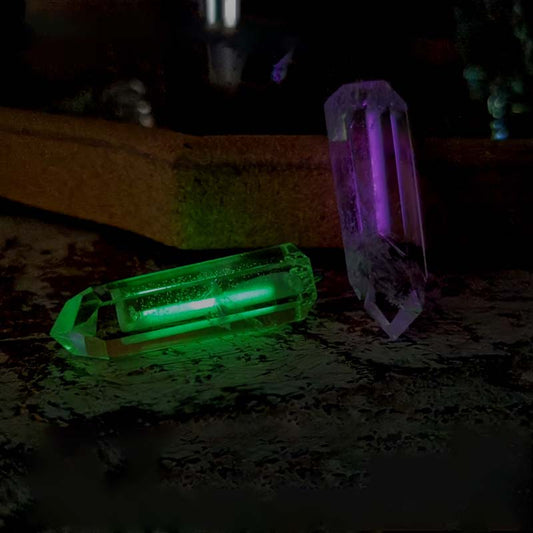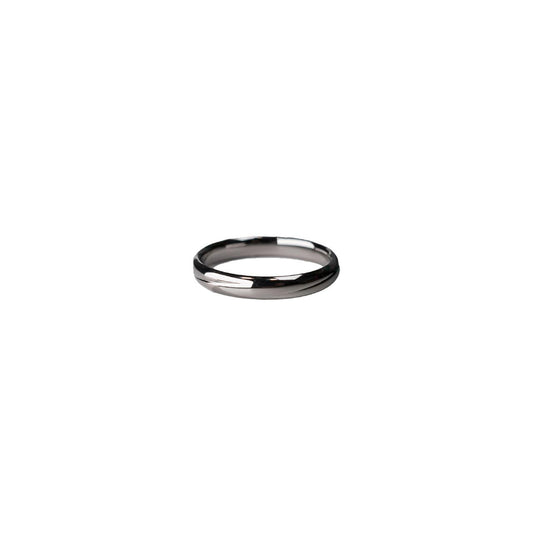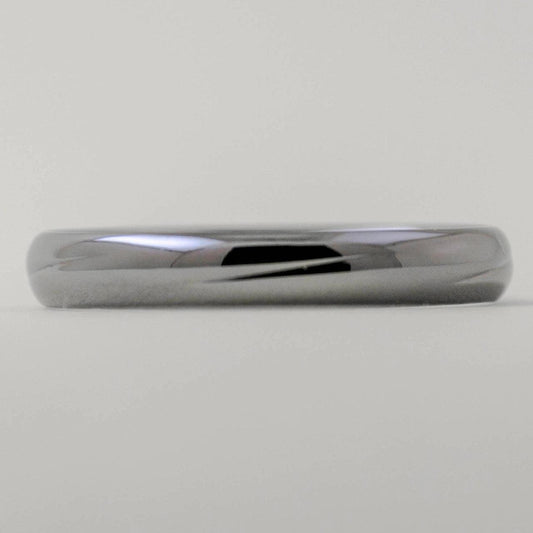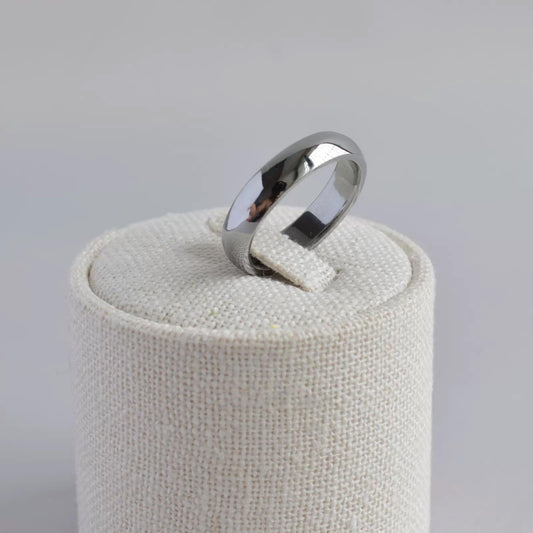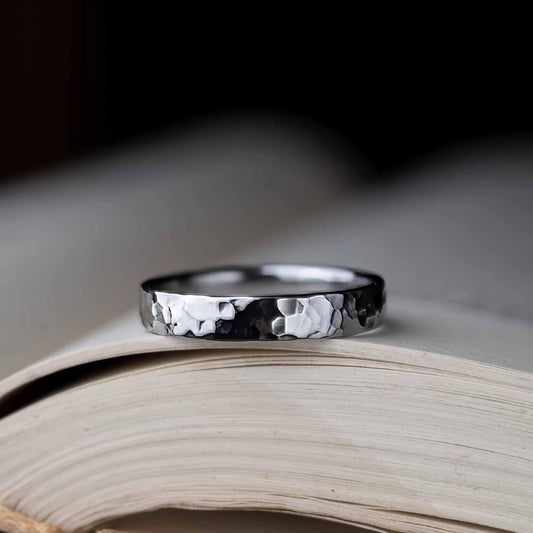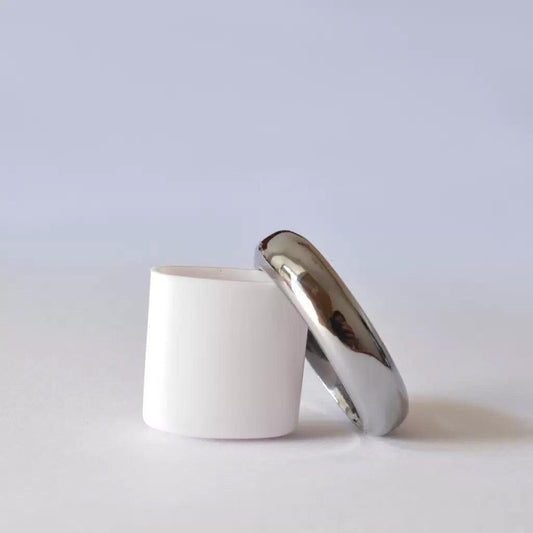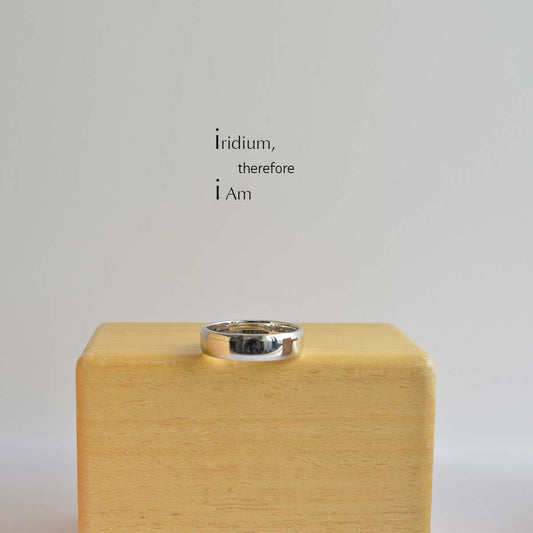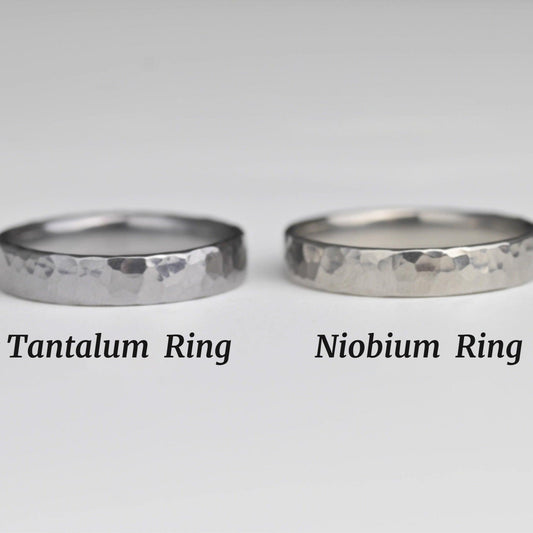Understanding the Nuances of Diamond Clarity
Understanding the Nuances of Diamond Clarity
Years ago, I stood in a small, crowded jewelry shop, mesmerized by the shimmering display of diamonds. Each stone seemed to hold a tiny world within it, a brilliant universe of light and history. I remember the jeweler explaining diamond clarity to me in a whisper, as if sharing a well-kept secret. Her words lingered, and today they guide my appreciation for this enigmatic gemstone.
Diamond clarity is an aspect that often goes unnoticed to the untrained eye, overshadowed by the sparkle or cut. Yet, it holds the key to the authenticity and unique character of each stone. Simply put, clarity refers to the presence of internal characteristics, known as inclusions, and external flaws, called blemishes. The fewer the imperfections, the clearer—and arguably more valuable—the diamond.
Interestingly, clarity doesn’t have a direct impact on a diamond’s brilliance. That shine that catches your eye is primarily due to the cut. However, clarity does affect how light travels through the stone, and thus, its clarity grade is a crucial consideration for any discerning buyer. The Gemological Institute of America (GIA) grades diamonds from Flawless (FL) to Included (I), a scale that subtly narrates a diamond's history.
In my own experience, deciding on clarity feels akin to choosing between a new, gleaming book or a vintage one with dog-eared pages. Flawless diamonds are breathtaking, almost surreal in their perfection. They lack any inclusions or blemishes visible under 10x magnification. But such impeccability comes at a cost, both monetary and, some might say, character-wise. Like a pristine novel that hasn't been touched, these diamonds can sometimes feel untouchable, lacking the warmth of narrative.
In contrast, slightly included diamonds, marked as SI1 or SI2, carry a story. These stones often contain minute imperfections that can be likened to freckles—barely noticeable unless you lean in close. There's a certain charm in a stone with inclusions. They are reminders of a diamond's natural beginnings and journey through the unfathomable pressures beneath the Earth. Each inclusion tells a tale of survival and transformation.
What fascinates me most is how cultural perceptions of clarity have evolved. In the past, the Western world coveted flawless gems as symbols of wealth and purity, potentially a reflection of society's broader pursuit of perfection. Today, however, there's a growing appreciation for the unique characteristics that inclusions provide. It mirrors a wider cultural shift towards valuing authenticity, imperfection, and individuality.
Selecting a diamond based solely on clarity is a bit like choosing wine solely based on its vintage. It’s essential, yes, but the joy lies in the interplay of all elements. When discussing diamonds with friends and clients, I often suggest focusing on what truly resonates, be it the brilliance, the history etched in each inclusion, or the personal stories that these stones symbolize.
In the end, choosing a diamond is intensely personal. It's an intimate decision, one that should align with personal values and aesthetics rather than societal norms. And as you make your choice, remember: while clarity might define a diamond's technical perfection, it’s the imperfections, much like in life, that often create the most beauty.


